Sacred room, stone discovered at Oluz Hoyuk: First in Anatolian archaeology
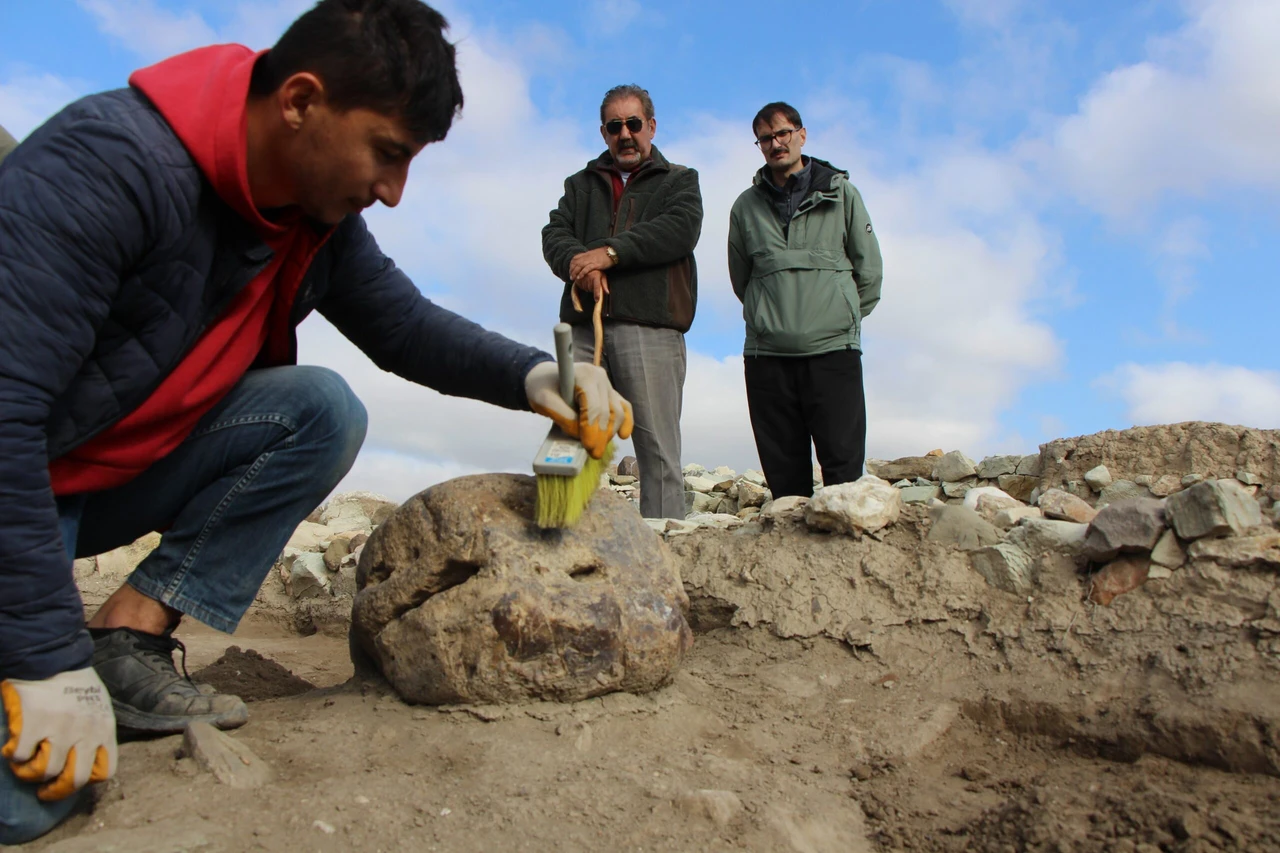 A 2,600-year-old sacred room and stone from the Phrygian period, uncovered during excavations at Oluz Hoyuk in Amasya, Türkiye, November 27, 2024. (IHA Photo)
A 2,600-year-old sacred room and stone from the Phrygian period, uncovered during excavations at Oluz Hoyuk in Amasya, Türkiye, November 27, 2024. (IHA Photo)
A 2,600-year-old sacred room and stone, believed to be from the Phrygian period, have been uncovered during excavations at Oluz Hoyuk in Amasya.
The head of the excavation, Professor Sevket Donmez, described the finding as a groundbreaking moment in Anatolian archaeology.
“Discovering a sacred room and its associated sacred stone marks a first-ever occurrence in the field of Anatolian archaeology,” he stated.
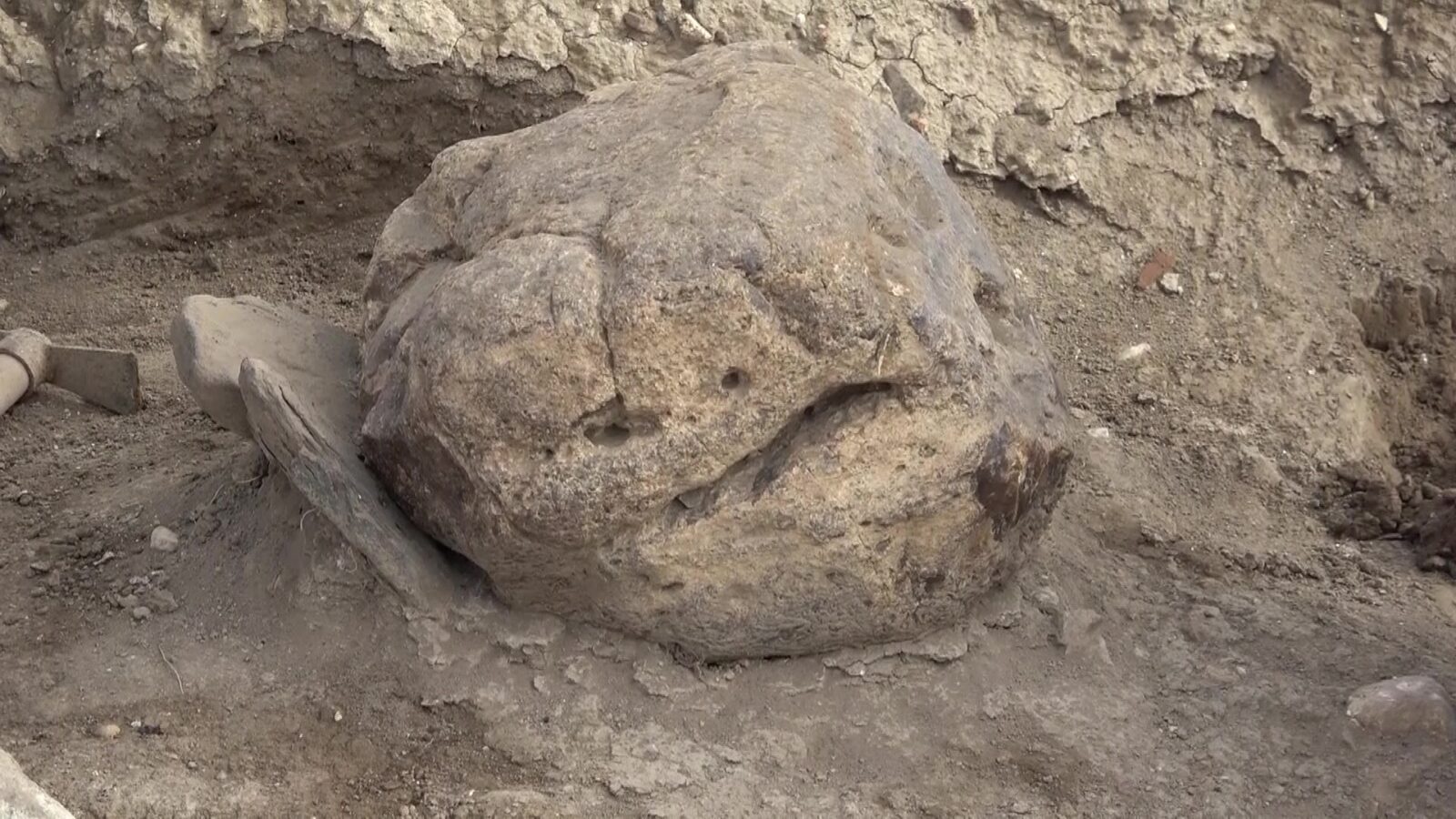
Uncovering sacred space in Phrygian heartland
The site, which has garnered attention after the discovery of a fragment of the statue of the Phrygian goddess Kubaba, revealed two altars dedicated to the deity.
Following this, the team uncovered a 20-square-meter square structure, along with a stone that appeared to be distinct from others in the area.
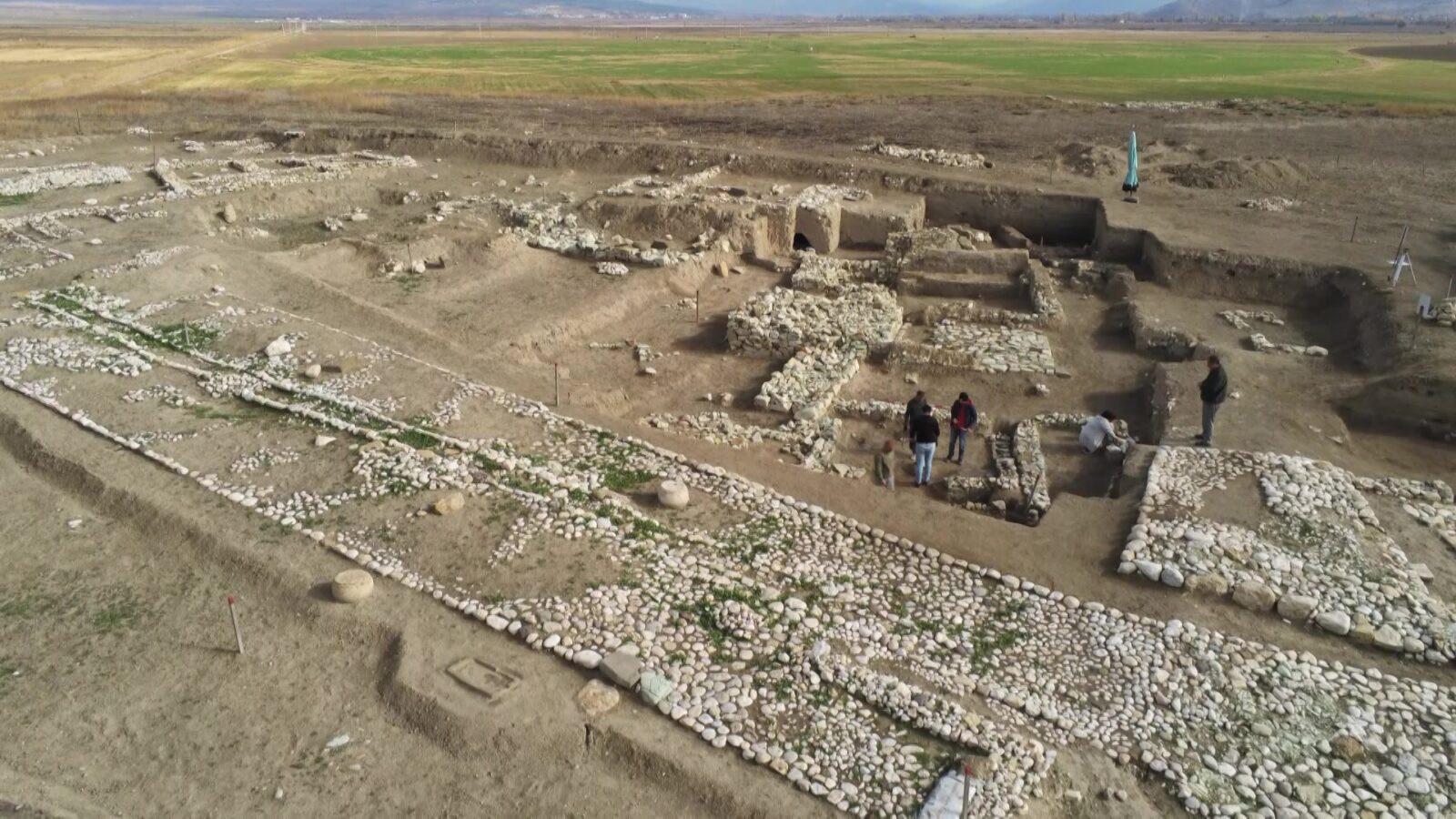
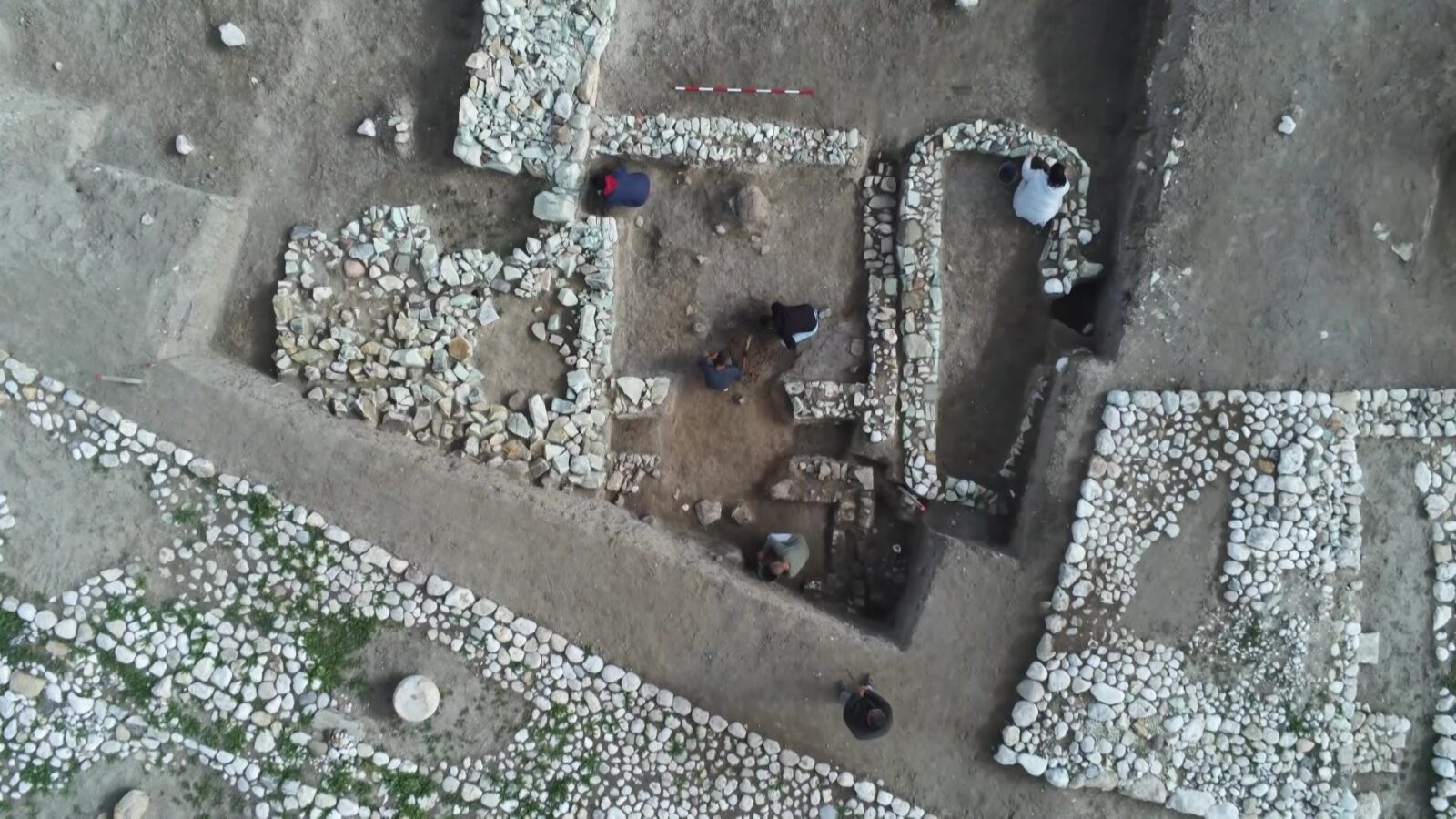
Historical texts refer to sacred stone of Kubaba at Oluz Hoyuk
Professor Donmez, a leading expert in Turkish Islamic Archaeology from Istanbul University, highlighted the connection between the sacred stone and Kubaba (or Cybele), the goddess of the Phrygians.
“Historical texts describe a black stone symbolizing the goddess Kubaba. Finding a sacred stone in a square structure dedicated to her in Central Anatolia is of profound significance in Anatolian archaeology. This discovery brings to life the written sources, providing tangible evidence of the relationship between the sacred stone and the mother goddess. This connection dates back to the 6th century B.C.,” he explained.
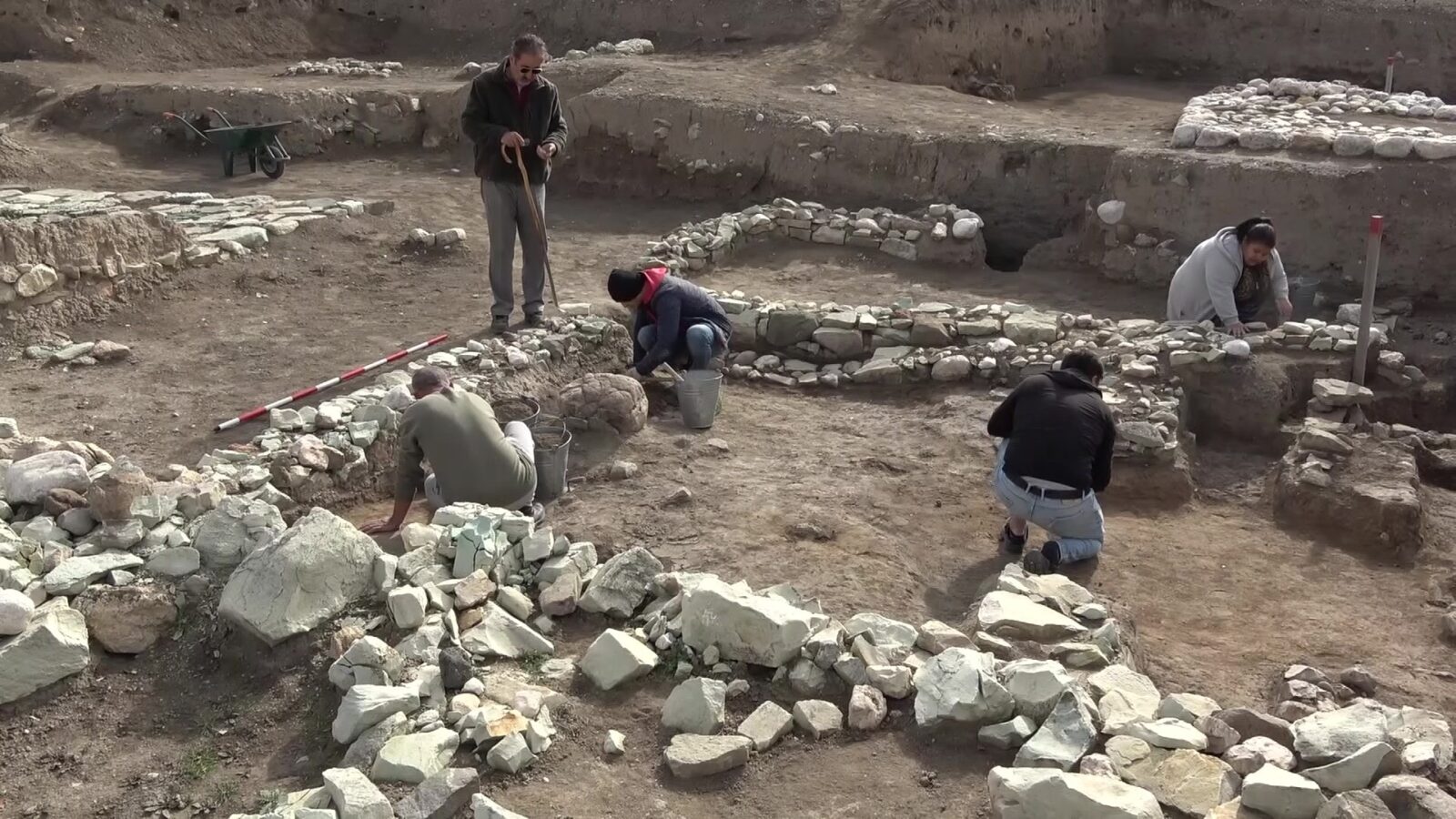


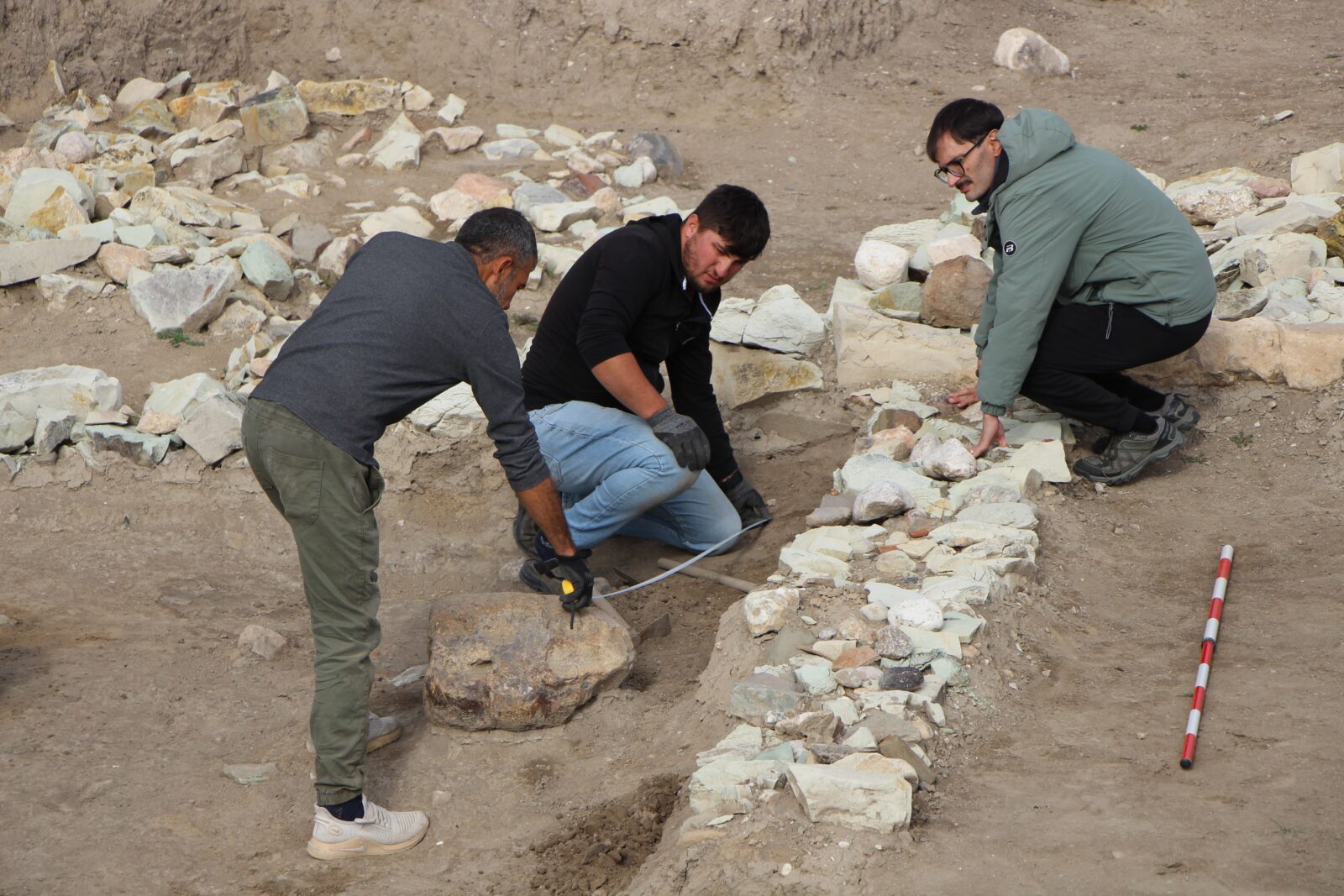
Future prospects for Kubaba sacred site
The excavation at the Kubaba sacred site is part of the Ministry of Culture and Tourism’s “Future Heritage Project.” Professor Donmez shared plans for continued work in the area.
“We believe that more discoveries will emerge from this sacred space. It may even represent a transition to monotheism in Anatolia. Once restored, we aim to make it accessible for tourism.”
The excavation efforts will continue with the support of the Ministry of Culture and Tourism, Amasya Governorship, Istanbul University, and Amasya University.



